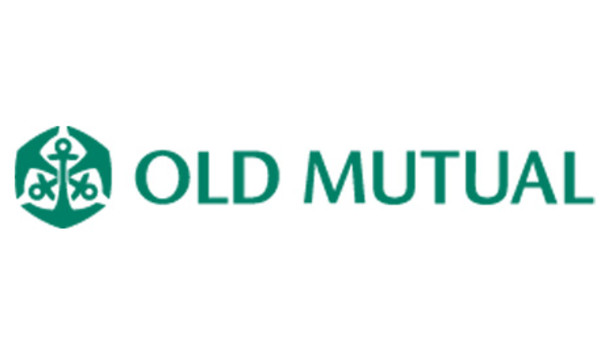

Looking ahead, we believe the outcome most likely to continue to weigh down emerging market debt would be a scenario in which it ultimately emerges that the Fed has acted ‘too little, too late’.
Clearly this scenario is more likely to materialise if US employment and wage figures continue to surprise to the upside.
While, at the time of writing, the market appears to be pricing a US policy rate a couple of years from now of 1.38 per cent, according to Federal Funds futures, it is worth noting that the Fed’s own ‘dot plot’ shows policy rates closer to 3.5 per cent by 2018.
We currently place greater store by the ‘dot plot’ forecast, which is largely consistent with our view that the global economic healing process is still underway.
Setting aside the influence of the Fed, it is prudent to remind ourselves that emerging markets are not homogeneous.
Indeed, last summer’s sell-off in emerging market assets was led by a combination of China and commodity exporters such as Brazil, while central European economies were more sympathetic to their neighbours in the Eurozone periphery. We expect these trends broadly to continue.
In Asia, it seems likely that China will continue to stimulate its economy through rate cuts, rather than through further weakening of the currency, or at least not before the Yuan’s admission to the IMF’s special drawing rights basket takes effect. This is increasingly imminent, however, and is widely expected to result in substantial capital inflows.
Meanwhile, Latin America is the region we expect to continue to be most influenced by the economic fortunes of its neighbour to the north. Naturally, global commodity prices will also play their role in a region dominated by commodity exporting countries.
Some Latin American central banks – notably those responsible for monetary policy in the region’s higher beta markets, such as Peru, Colombia and Mexico – have already begun hiking their policy rates in anticipation of the Fed ‘lift-off’, providing further credence to the suggestion that the economic healing process is well underway.
A particular bright spot in the region, in our view, is Argentina, following the elections in November.
Incoming president Mauricio Macri and his finance minister Alsonso Prat-Gay (a former senior JP Morgan executive) should be something of a leadership ‘dream team’, especially after the controversial Christina Kirchner regime. The immediate reaction to the election result was resoundingly positive, and we expect this sentiment to continue into 2016.
In a boon to the broader region, we believe that an Argentina away from Kirchner’s essentially socialist stance has the potential to trigger similar sentiment shifts elsewhere, with Brazil’s Dilma Rousseff’s approval ratings in rapid decline amid dire GDP figures and Nicolás Maduro in Venezuela under extreme pressure to deliver better economic growth, amid a persistently low price of oil, the country’s key export.
Against this backdrop, we expect the upcoming Venezuelan Congress election – in particular the extent to which it is fair – to be closely observed.
Elsewhere, we see the situation in the Middle East remaining tense, as the dynamic in and above Syria evolves. The shooting down of a Russian jet within seconds of entry to Turkish airspace shows not only just what a tinderbox the region remains, but also how many protagonists are involved.
Amid all of this complexity, and the identifiable risks, investors could perhaps be forgiven for writing off emerging market debt as an asset class.
It remains highly probable, for instance, that rising US interest rates will continue to dominate the headlines in 2016, alongside European monetary easing, weak commodity prices and ongoing challenges for China.
We believe, however, that many investors would do well to take another look at emerging market debt.
Inevitably, difficulties will remain, but we believe that some the challenges have the potential to bottom out in 2016. That said, there are some areas of the market we consider to be already attractive.
A strong example is in the Brazilian government market, where real local currency rates of 5 per cent could scarcely be described as unattractive, not least given our belief that the backdrop should begin to stabilise over the course of the year.
The art, as ever, will be to identify these opportunities.
John Peta is head of emerging market debt at Old Mutual Global Investors



